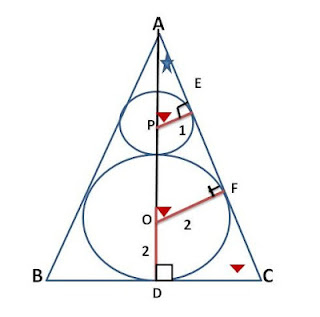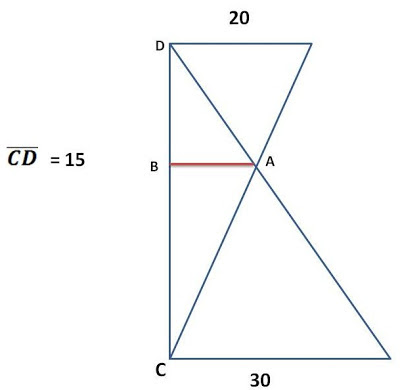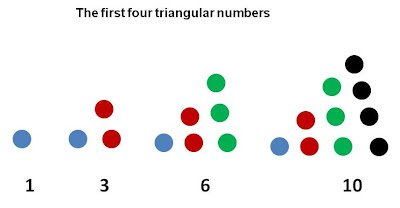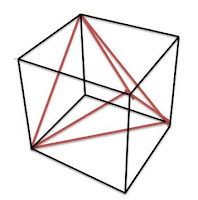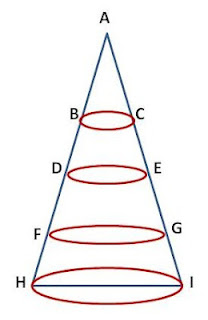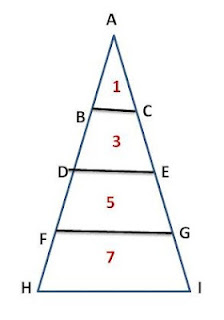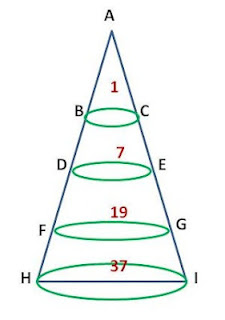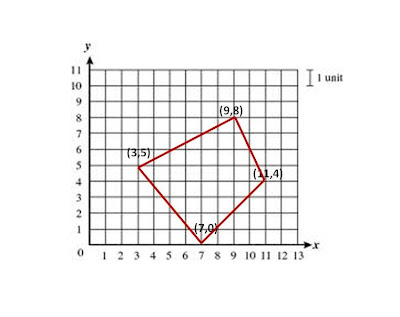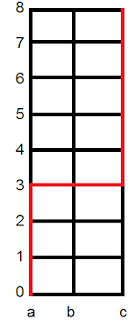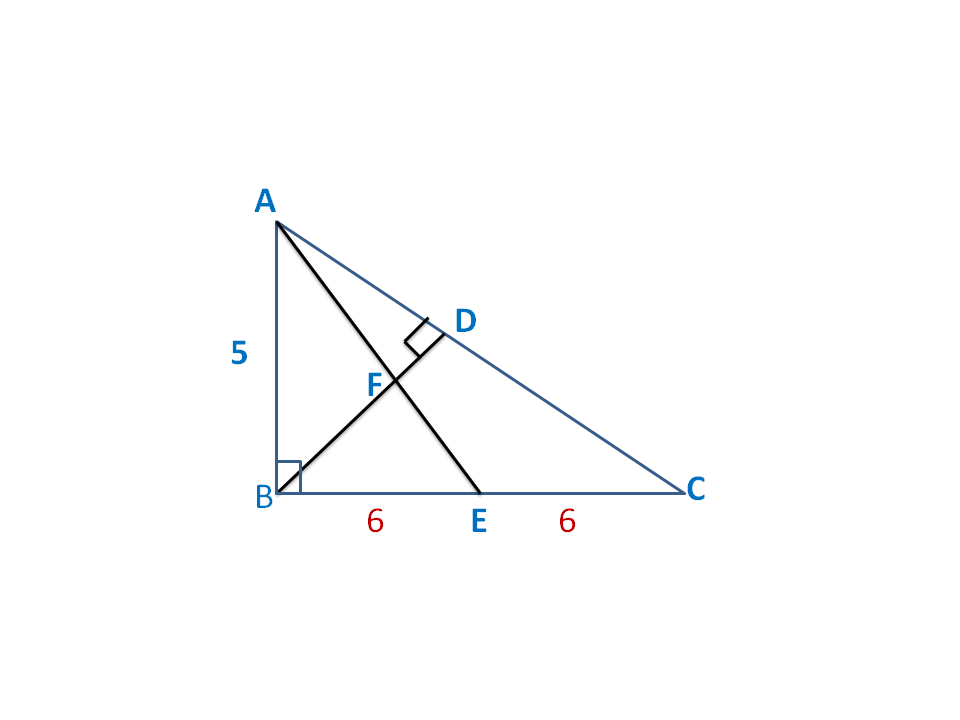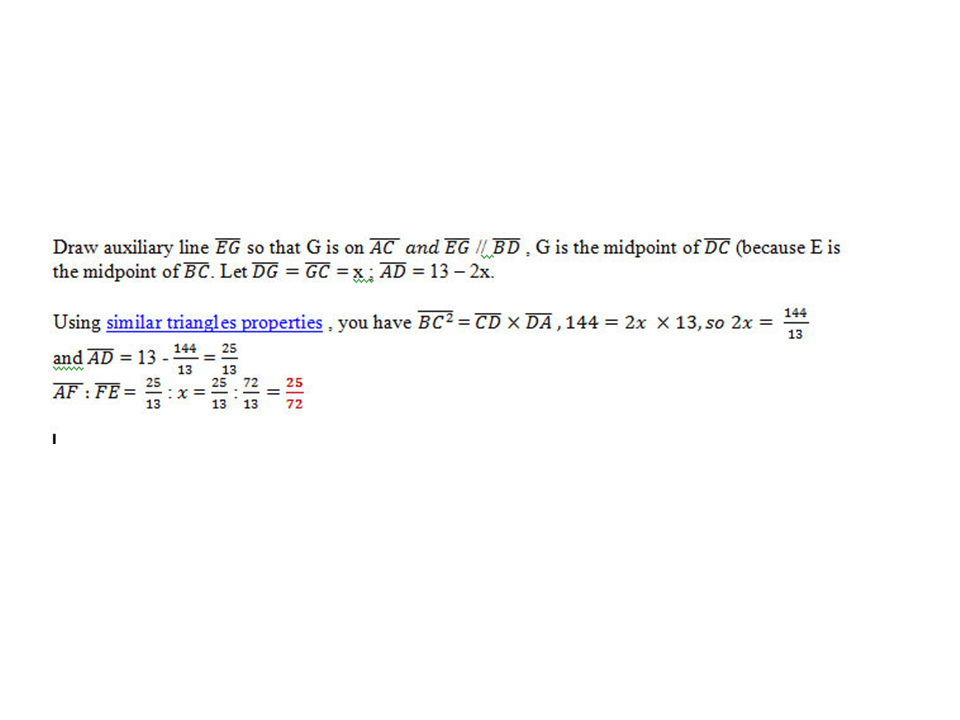Hi,
Thanks a lot for visiting my blog.
E-mail me at thelinscorner@gmail.com if you want to join us who LOVE problem solving (and many other areas equally challenging and engaging.)
Currently I'm running different levels of problem solving group lessons.Our first stop is AMC 8 and/or the SAT hardest problems prep (just for the very short term for a full ride scholarship).
Come join the fun !! Take care and cheers, Mrs. Lin
Unofficial , official problems, answer key and detailed solutions to 2014 AMC8 test + official statistics.
Thanks a lot for visiting my blog.
E-mail me at thelinscorner@gmail.com if you want to join us who LOVE problem solving (and many other areas equally challenging and engaging.)
Currently I'm running different levels of problem solving group lessons.Our first stop is AMC 8 and/or the SAT hardest problems prep (just for the very short term for a full ride scholarship).
Come join the fun !! Take care and cheers, Mrs. Lin
Unofficial , official problems, answer key and detailed solutions to 2014 AMC8 test + official statistics.
In Chinese : 《專題報導》亞裔尖子生 職場難出頭?
This year's (2013) AMC-8 results can be viewed here.
2013 AMC-8 problems in pdf format (easier to print out and work on it as a real test)
Try this if your school doesn't offer AMC-8 test.
40 minutes without a calculator.
If you want to use the test to prepare for Mathcounts, cover the multiple choice
options to make the questions harder unless you have to see the choices to answer
the question(s) asked.
2013 AMC-8 problems
2013 AMC-8 answer key
2013 AMC-8 problems with detailed (multiple) solutions
Trickier problems : #18, 21(mainly the wording) and maybe 25 (slightly tricky)
2014 AMC-8 Result Statistics can be viewed here.
2014 AMC-8 problems and solutions from AoPS wiki.
Comments :
#4 : We've been practicing similar problems to #4 so it should be a breeze if you see right away that the prime number "2" is involved. You'll get a virtual bump if you forgot about that again.
#10 : Almost every test has this type of problem, inclusive, exclusive, between, calendar, space, terms, stages... It's very easy to twist the questions in the hope of confusing students, so slow down on this type of question or for the trickier ones, skip it first. You can always go back to it if you have time left after you get the much easier-to-score points. (such as #12, 13, 18 -- if you were not trolled and others)
#11 : Similar questions appear at AMC-10, Mathcounts. For harder cases, complementary counting is easier.
This one, block walk is easier.
How about if there are 4 celebrities ? What is the probability that all the baby photos match with the celebrities ? only 1 baby photo matches, only2 baby photos match, 3 baby photos match, or none matches ?
#13: number theory
For sum of odd and /or even, it's equally likely --
odd + odd = even ; even + even = even
odd + even = odd ; even + odd = odd
For product of odd and/or even, it's not equally likely --
odd * even = even ; even * even = even
odd * odd = odd
For product probability questions, complementary counting with total minus the probability of getting odd product (all odds multiply)is much faster.
SAT/ACT has similar type of problems.
#15 : Central angle and inscribed angles --> Don't forget radius is of the same length.
Learn the basics from Regents prep
#17: rate, time and distance could be tricky
Make sure to have the same units (hour, minutes or seconds) and it's a better idea writing down
R*T = D so you align the given infor. better.
Also, sometimes you can use direct/inverse relationship to solve seemingly harder problems in seconds.
Check out the notes from my blog and see for yourself.
#18 : Trolled question. Oh dear !!
1 4 6 4 1 , but it doesn't specify gender number(s) so
(4 + 4)/2^4 is the most likely.
#19 : more interesting painted cube problems --> one cube is completely hidden inside.
Painted cube animation from Fairy Math Tutors
Painted cube review Use Lego or other plops to help you visualize how it's done.
#20 : Use 3.14 for pi and if you understand what shape is asked, it's not too bad.
#21: You can cross out right away multiples of three or sum of multiples of 3 by first glance.
For example 1345AA, you can cross out right away 3 and 45 (because 4 + 5 = 9, a multiple of 3).
You don't need to keep adding those numbers up. It's easier this way.
#22 : To set up two-digit numbers, you do 10x + y.
To set up three-digit numbers, you do 100x + 10y + z
For those switching digits questions, sometimes faster way is to use random two or three digit numbers, not in this case, though.
#23 : This one is more like a comprehension question. Since it relates to birthday of the month, there are not many two digit primes you need to weight, so 11, 13 and 17. (19 + 17 would exceed any maximum days of the month). From there, read carefully and you should get the answer.
#24 : a more original question --
To maximize the median, which in this case is the average of the 50th and 51st term, you minimized the first 49 terms, so make them all 1s.
Don't forget the 51st term has to be equal or larger than the 50th term.
#25: The figure shown is just a partial highway image. 40 feet is the diameter and the driver's speed is 5 miles per hour, so units are not the same --> trap
I've found most students, when it comes to circular problems, tend to make careless mistakes because there are just too many variables.
Areas, circles, semi-circles, arch, wedge areas, and those Harvey like "think outside the box" fun problems.
Thus, it's a good idea to slow down for those circular questions. Easier said than remembered.
Happy Holiday !!



